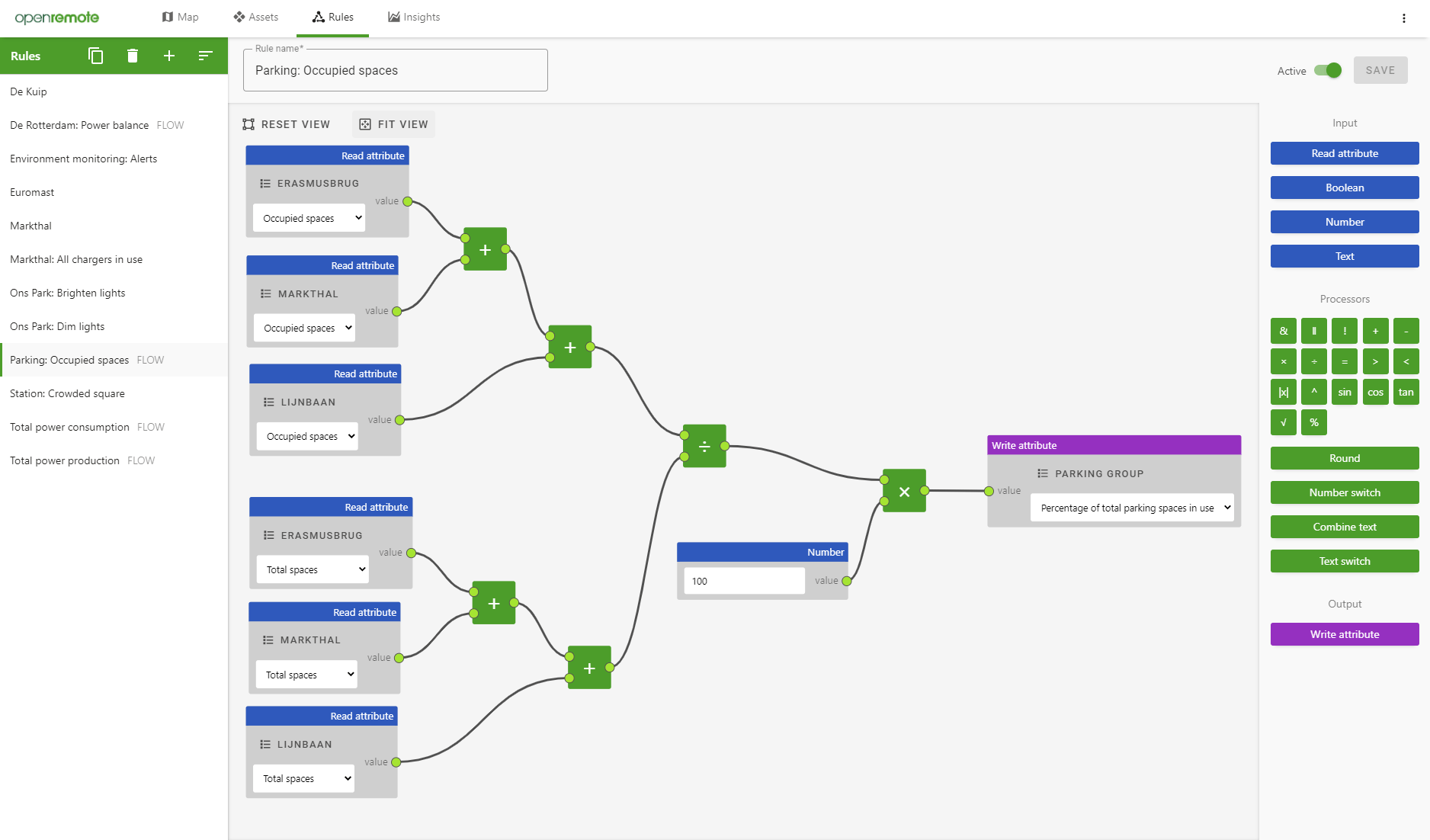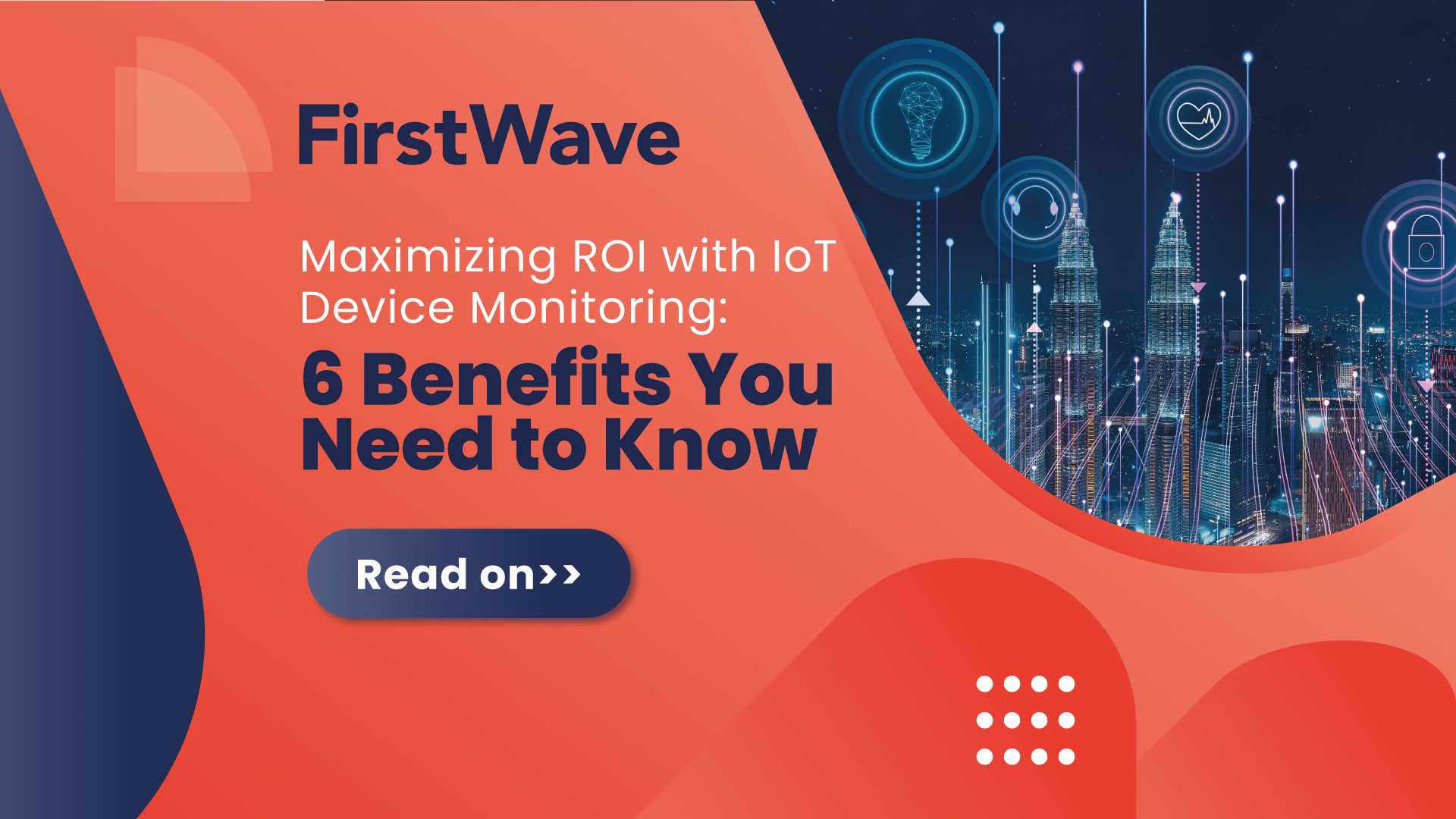Revolutionizing Connectivity: The Future Of Remote IoT Device Management
Ever envisioned a world where controlling your IoT devices from any corner of the globe is not only possible but also seamless and secure? The concept of remotely managing Internet of Things (IoT) devices has transitioned from futuristic speculation to an indispensable reality in today's hyper-connected era. As smart homes, industrial facilities, and agricultural operations increasingly rely on IoT technology, the demand for efficient, centralized remote management solutions has surged. Consider the practical implications: a technician diagnosing a malfunctioning sensor in a remote oil field or a homeowner adjusting the thermostat while lounging on a beach thousands of miles away. These scenarios, once cumbersome and cost-prohibitive, are now feasible through the advent of remote IoT device management platforms.
These platforms offer a comprehensive suite of tools that empower users to oversee device performance, troubleshoot issues, and ensure secure connections from a centralized dashboard. They eliminate the need for proprietary software, providing flexibility and control over IoT systems. Key features include device monitoring, remote control, firmware updates over-the-air (OTA), security management, data analytics, and alert systems. Such platforms cater to a wide array of applications, from smart homes and industrial automation to healthcare and environmental monitoring. The necessity for secure and efficient device management solutions in the expanding IoT landscape cannot be overstated, making remote IoT device management platforms a cornerstone of modern technology infrastructure.
| Aspect | Details |
|---|---|
| Name | Remote IoT Device Management Platform |
| Description | A platform designed to remotely monitor, manage, and control Internet of Things (IoT) devices. |
| Key Features | Device monitoring, remote control, firmware updates over-the-air (OTA), security management, data analytics, alert and notification system. |
| Benefits | Reduced downtime, improved efficiency, cost savings, enhanced security, centralized control, scalability. |
| Typical Applications | Smart homes, industrial automation, agriculture, healthcare, transportation, environmental monitoring. |
| Protocols Supported | MQTT, CoAP, HTTP/HTTPS, WebSockets. |
| Security Measures | Encryption, authentication, access control, vulnerability management. |
| Cloud Platform Integration | AWS IoT Core, Azure IoT Hub, Google Cloud IoT Platform. |
| Operating System Support | Linux, Windows, Android, iOS. |
| Open Source Alternatives | ThingsBoard, OpenRemote, Kaa IoT Platform. |
| Commercial Platforms | Remote.it, Resin.io (Balena), Particle, Losant. |
| Reference | Gartner IoT Definition |
One of the most compelling examples of remote IoT device management involves leveraging a Raspberry Pi as a central hub. Users can configure a VNC (Virtual Network Computing) server on their Raspberry Pi and utilize a VNC client application on their preferred device—be it a smartphone, tablet, or computer—to interact with the Pi’s desktop from any location with internet access. This setup offers a flexible and cost-effective means of controlling and monitoring devices connected to the Raspberry Pi. Platforms such as RemoteIoT provide a free download for Raspberry Pi, making them an attractive option for hobbyists, developers, and businesses alike. These platforms deliver powerful, scalable solutions for managing IoT devices remotely, harnessing the capabilities of the Raspberry Pi as a gateway and control center.
- Rose Cameron Outer Banks Antagonist Caroline Arapoglous Role
- Colin Odonoghue Movies Tv Shows Where To Watch Them Filmography
Another notable platform is ThingSpeak, which enables users to analyze and visualize data within MATLAB without requiring a MathWorks license. ThingSpeak facilitates the collection and storage of sensor data in the cloud, empowering the development of custom IoT applications. Its compatibility with a wide range of hardware, including Arduino, Particle Photon and Electron, ESP8266 Wi-Fi module, BeagleBone Black, Raspberry Pi, mobile devices, and web browsers, underscores its versatility. The ability to remotely update applications across a large number of devices with a single click is a critical feature for many IoT deployments, ensuring security, improving performance, and deploying new features efficiently.
Platforms like SocketXP offer IoT cloud platforms designed to support a large number of devices per customer account. The SocketXP IoT gateway, a cloud-native application, scales on demand to accommodate the growing needs of IoT deployments. These platforms provide a comprehensive suite of features, covering everything from device management and data ingestion to analytics and application enablement. The availability of free remote IoT device platforms, such as the RemoteIoT device platform, presents an incredible opportunity for businesses and individuals to manage IoT devices remotely without incurring significant costs.
Many commercial platforms offer free trials or demos, allowing businesses to evaluate their capabilities before committing to a paid subscription. These trials provide valuable opportunities to assess the platform's suitability for specific use cases and requirements. Key features to consider when evaluating a remote IoT device management platform include device monitoring, remote control, firmware updates over-the-air (OTA), security management, data analytics, and alerting systems. The platform's ability to support both cloud and edge computing is also crucial, as it determines its suitability for different types of IoT projects.
- May 29 Zodiac Gemini Traits Personality Compatibility More
- Dutton Family Tree Yellowstone 1883 1923 Explained
Platforms like BastionXP offer zero-trust security solutions, enhancing the security posture of IoT deployments. Secure, reliable, and scalable IoT solutions are essential for ensuring the success of any IoT initiative. OpenBalena provides solutions for deploying and managing connected devices at scale, addressing the challenges posed by IoT devices located in remote areas. Remote management capabilities enable troubleshooting, maintenance, and updates without the need for on-site personnel, significantly reducing operational costs.
Practical examples of remote IoT device management include controlling a Raspberry Pi remotely using SSH (Secure Shell), VNC (Virtual Network Computing), or specialized IoT platforms. SSH allows for command-line access to the Raspberry Pi, enabling users to execute commands and manage files remotely. VNC provides a graphical user interface, allowing users to interact with the Raspberry Pi's desktop as if they were physically present. IoT platforms often include features such as remote logging, data visualization, and device provisioning, enhancing the user experience.
Controlling a Raspberry Pi remotely using SSH involves enabling SSH on the Raspberry Pi through the Raspberry Pi configuration tool (raspi-config) or by creating an empty file named "ssh" in the /boot partition of the SD card. Once enabled, users can connect to the Raspberry Pi from another computer using an SSH client, such as PuTTY or OpenSSH. The Raspberry Pi's IP address, obtainable via the "ifconfig" command or the router's administration interface, is required for the connection.
Using VNC for remote control requires installing a VNC server on the Raspberry Pi. TightVNC is a popular choice, installable using the command "sudo apt-get install tightvncserver." After installation, configuration and startup are necessary. Users can then connect to the Raspberry Pi from another computer using a VNC client, such as RealVNC Viewer or TightVNC Viewer, requiring the Raspberry Pi's IP address and the VNC port number (typically 5900 or 5901).
When selecting a remote IoT device management platform, consider specific IoT deployment requirements, including the number and types of devices being managed, security and data analytics needs, and budget constraints. Ease of use, scalability, and integration with other systems are also vital factors. The benefits of using such platforms are manifold, reducing downtime, improving efficiency, enhancing security, and lowering costs. Centralized device management and remote access capabilities empower businesses to manage IoT deployments more effectively and efficiently.
Security remains a paramount concern in IoT deployments, necessitating robust security measures to protect against unauthorized access and data breaches. These measures should encompass encryption, authentication, access control, and vulnerability management. Compliance with relevant security standards and regulations is equally important. Data analytics is another critical capability of remote IoT device management platforms, providing tools for collecting, processing, and analyzing data from IoT devices. This data can identify trends, detect anomalies, and improve device performance, while visualization tools make interpretation easier.
Alerting and notification systems are essential for remote IoT device management platforms, detecting and alerting users to potential problems with IoT devices, such as malfunctions, security breaches, or performance degradation. Customizable and configurable alerts enable users to receive notifications via email, SMS, or other channels. The integration of remote IoT device management platforms with cloud platforms and enterprise resource planning (ERP) systems enhances their value, providing a holistic view of the IoT deployment and tracking device performance, inventory, and costs.
As IoT continues to evolve, remote IoT device management platforms will become increasingly essential. The growing number of connected devices, the complexity of IoT deployments, and the demand for security and reliability will drive the need for more sophisticated and comprehensive remote management solutions. Investing in a robust remote IoT device management platform ensures well-managed, secure, and efficient IoT deployments, enabling businesses to fully capitalize on the benefits of IoT.
The future of remote IoT device management lies in the development of intelligent and autonomous systems capable of automatic problem detection and resolution, optimizing device performance, and adapting to changing conditions. These systems, leveraging advanced technologies like artificial intelligence (AI) and machine learning (ML), will learn from data and improve performance over time. Trends such as the increasing use of edge computing, standardization of IoT protocols, and the development of new security technologies will further enhance remote IoT device management capabilities, ensuring secure and efficient operations.
Ultimately, the choice of a remote IoT device management platform depends on the specific needs and requirements of your organization. Carefully consider the outlined factors to select a platform that effectively manages and monitors IoT devices, ensuring peak performance and alignment with business goals. Community support and comprehensive documentation are invaluable, offering troubleshooting assistance and best practices. Long-term viability is also crucial; choose a platform from a reputable vendor committed to ongoing development and support, ensuring a reliable solution that evolves with your IoT deployment.
- Bad Gyal From Catalan Remixes To Reggaeton Icon
- Payton Pritchard Emma Macdonald Inside Their Love Story More

How To Securely Connect Remote IoT Devices Via P2P On Android A

Remote IoT Device Platform Examples A Comprehensive Guide

Exploring Free Remote IoT Device Platforms A Comprehensive Guide